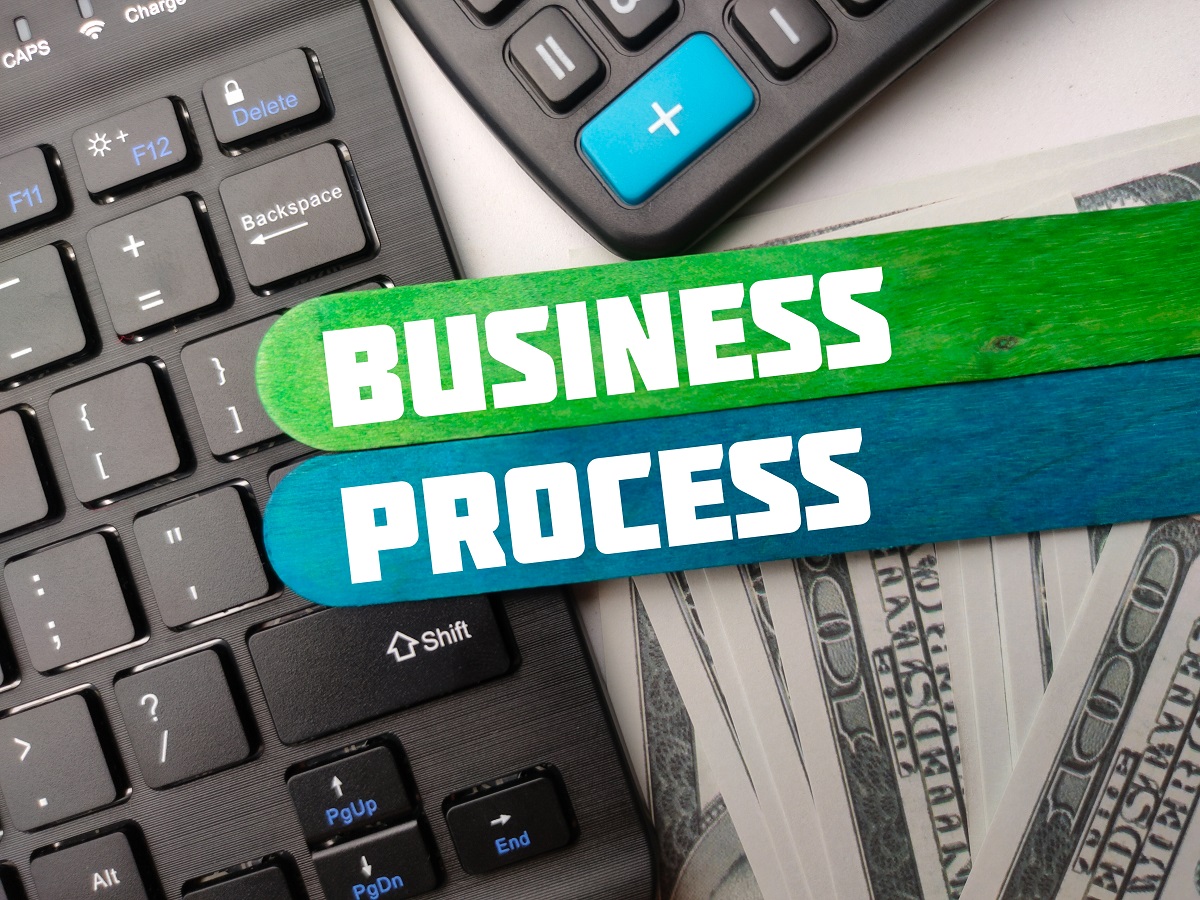
Mastering Sales Pipelines: A Step-by-Step Guide for Business Owners
What is a Sales Pipeline?
In the simplest terms, a sales pipeline is a visual representation of where prospects are in the buying process. Imagine it as a roadmap that shows every stage a potential customer travels through—from the first interaction to the final sale.
While some business owners confuse the sales pipeline with the sales funnel, the two serve different purposes. The sales funnel focuses on lead quantity, tracking how many people enter and exit each phase of your marketing and sales journey. The sales pipeline, on the other hand, focuses on the movement of individual opportunities through each specific step of your sales process.
Differences: Sales Pipeline vs. Sales Funnel

Both tools are vital for business growth, but when it comes to forecasting revenue, improving close rates, and managing your team’s performance, the sales pipeline is the go-to framework.
A well-defined pipeline offers:
Clear visibility into current opportunities
Insights for better forecasting
A repeatable process your sales team can follow
For business owners, this means less guesswork, fewer missed opportunities, and a smoother path to closing deals consistently.

Why Sales Pipelines Matter for Business Success
For many business owners, the sales process can feel unpredictable—deals stalling, leads going cold, and revenue fluctuating without clear cause. This is where a structured sales pipeline becomes essential. It transforms sales from an art into a manageable, repeatable process.
The Benefits of a Sales Pipeline:
1. Better Forecasting and Revenue Visibility
With a clear pipeline, you can see exactly how many deals are in progress, which stages they’re in, and what your projected revenue looks like. This allows for more accurate decision-making, budgeting, and goal setting.
2. Improved Sales Team Productivity
Sales pipelines help your team focus on the right deals at the right time. By defining specific stages, sales reps know which actions to take to move prospects forward—whether that’s nurturing, following up, or closing.
3. Higher Close Rates
A well-managed pipeline ensures no opportunity falls through the cracks. By consistently tracking deal progression and adjusting strategies as needed, businesses can significantly improve their conversion rates.
4. Greater Control and Scalability
As your business grows, so does the complexity of your sales process. A pipeline helps you scale by making it easier to onboard new salespeople, measure performance, and identify bottlenecks.
Pro Tip: Business owners who integrate sales automation and CRM tools into their pipelines can dramatically streamline the entire process—saving time and boosting efficiency.
The Essential Stages of a Sales Pipeline
Every successful sales pipeline follows a set of core stages that guide prospects from first contact to closing the deal—and beyond. While the exact names and number of stages may vary by business, the underlying principles remain the same.
Here’s a step-by-step breakdown of the essential sales pipeline stages that every business owner should understand:
1. Prospecting
This is where it all begins—identifying potential customers who might benefit from your product or service. Prospecting can include networking, cold outreach, referrals, or inbound leads generated through marketing.
Actions:
Research target markets
Build lead lists
Start initial outreach
2. Lead Qualification
Not every prospect is a good fit. In this stage, you assess whether the lead meets your ideal customer criteria. This saves time and resources by focusing on those most likely to convert.
Actions:
Ask qualifying questions
Use lead scoring or criteria checklists
3. Needs Assessment
At this stage, it’s time to dig deeper into the prospect’s challenges, goals, and needs. The goal is to position your solution as the right fit.
Actions:
Conduct discovery calls
Map solutions to specific pain points
4. Proposal or Presentation
Here, you showcase the value of your offering through demos, proposals, or presentations. This is where you help the prospect visualize success with your solution.
Actions:
Present tailored solutions
Share case studies or success stories
5. Negotiation & Commitment
This is where deals often slow down. Pricing discussions, contract terms, and final objections come into play. Managing this stage well is crucial to moving forward.
Actions:
Address objections
Negotiate terms
Gain verbal or written commitment
6. Closing
The prospect officially becomes a customer. Agreements are signed, and the sale is completed.
Key Actions:
Finalize contracts
Process payment or onboarding steps
7. Post-Sale Follow-up & Upsell
Many businesses neglect this stage—but it's where loyalty is built. Happy customers can become repeat buyers, referral sources, or candidates for premium offerings.
Actions:
Follow-up for satisfaction
Offer additional services or upgrades
Gather testimonials

How to Build a Sales Pipeline from Scratch
If you don’t have a sales pipeline yet—or your current one isn’t delivering consistent results—this section will walk you through the essential steps to build one from the ground up. A well-structured pipeline turns chaos into clarity and makes growth measurable and repeatable.

Step 1: Define Your Sales Process
Before you can build a pipeline, you need to map out the typical journey your prospects take from first contact to becoming customers. This may involve:
Listing key touchpoints
Outlining typical objections
Identifying decision-makers
Tip: If you already have a CRM (or are considering one like Kyrios Systems), this is where you’ll translate your real-world process into digital stages.
Step 2: Map Out Pipeline Stages
Using the stages outlined in the previous section as a starting point, customize them to match your business and sales cycle length. Keep the flow simple and actionable:
Prospecting
Lead Qualification
Needs Assessment
Proposal
Negotiation
Closing
Follow-Up
Each stage should have clear exit criteria specific actions or outcomes that signal when a deal should move forward.
Step 3: Set Metrics & Benchmarks
To manage your pipeline effectively, you need data. Key metrics to define include:
Number of leads in each stage
Average time spent in each stage
Close rate
Deal value
Even basic metrics can help you identify bottlenecks and opportunities for improvement.
Step 4: Select the Right Tools & Templates
Manual tracking works for very small businesses—but for scale, automation is key. Consider implementing a CRM system to:
Automate repetitive tasks
Track deal progress
Generate reports
You may also want to create:
A Sales Pipeline Template (spreadsheet or CRM-based)
Follow-up email sequences
Qualification checklists
Step 5: Train Your Team & Refine Continuously
Once your pipeline is built, the next step is consistency. Train your sales team to use it daily, and review it regularly to refine stages, messaging, and strategies.

Best Practices for Managing Your Sales Pipeline
Building a sales pipeline is only the beginning. To keep it healthy and effective, you need to manage it consistently. A neglected pipeline leads to stalled deals, missed revenue, and wasted effort.
Here are the top best practices every business owner should follow to maintain a high-performing sales pipeline:
1. Review and Update Your Pipeline Regularly
Pipelines can quickly become cluttered with outdated or unqualified leads. Set a routine—weekly or bi-weekly—to:
Remove “dead” deals
Follow up on stalled opportunities
Reassign leads if needed
👉 This prevents resource waste and keeps your forecast accurate.
2. Prioritize High-Value Deals
Not every deal deserves equal time and energy. Use criteria such as:
Deal size
Likelihood to close
Strategic value (referral potential, long-term value)
Focus your team’s efforts where they’ll have the biggest impact.
3. Leverage Data for Forecasting
Your pipeline isn’t just a list—it’s a tool for predicting future revenue. Track key data points:
Conversion rates between stages
Average deal size
Sales cycle length
Regular analysis helps you set realistic sales goals and spot trends early.
4. Implement Sales Automation
Manual pipeline management is time-consuming and error-prone. Automating repetitive tasks—such as email follow-ups, lead scoring, or status updates—saves time and ensures nothing slips through the cracks.
👉 Businesses using tools like Kyrios Systems can automate these workflows easily, freeing up sales teams to focus on closing deals.
5. Improve Continuously
Your pipeline isn’t static. Market shifts, new products, and changing customer behavior all affect how your pipeline should function. Review quarterly:
Are your stages still relevant?
Are deals stalling in a specific stage?
Is your qualification process effective?
Make small, data-driven adjustments to keep your pipeline optimized.
By applying these best practices, you create a pipeline that doesn’t just track deals—it actively drives sales performance and growth.

Common Sales Pipeline Mistakes to Avoid
Even the most well-structured sales pipelines can underperform if common mistakes go unnoticed. Awareness of these pitfalls helps you avoid lost deals, wasted time, and inaccurate forecasting.
Here are the top sales pipeline mistakes that business owners and sales teams should actively avoid:
1. Relying on Gut Feelings Instead of Data
Many teams base their pipeline decisions on intuition rather than hard numbers. This leads to:
Overestimating deal likelihood
Misjudging sales forecasts
Chasing low-value opportunities
👉 Use metrics like close rates, sales velocity, and conversion percentages to guide decisions—turn guesswork into strategy.
2. Undefined or Vague Pipeline Stages
Without clear stage definitions, sales reps may be unsure when to move a deal forward—or worse, may leave leads stuck in limbo.
Every stage should have specific actions and criteria.
This creates consistency, improves reporting, and speeds up sales cycles.
3. Neglecting Lost Deals
Too often, businesses focus only on active or won deals, ignoring the valuable insights that come from lost opportunities.
Why are deals falling through?
Are objections recurring?
Are certain stages consistently underperforming?
👉 Conduct regular “deal post-mortems” to identify patterns and adjust your sales approach.
4. Overloading the Pipeline with Unqualified Leads
More leads do not equal more sales. A bloated pipeline filled with low-quality prospects drains time and energy from your sales team.
Implement strict qualification criteria (such as budget, authority, need, and timing—BANT).
Focus on lead quality, not just quantity.
5. Failing to Follow Up Consistently
The average prospect requires multiple touchpoints before making a decision. Inconsistent follow-up is one of the biggest deal-killers.
Automate reminders and sequences (a key feature of CRM platforms like Kyrios Systems).
Set clear follow-up cadences.
By actively avoiding these common mistakes, you’ll ensure that your sales pipeline remains clean, efficient, and a true driver of revenue growth.
How to Optimize & Scale Your Sales Pipeline
As your business grows, your sales pipeline must evolve. A static pipeline no matter how well-built initially—can quickly become outdated, inefficient, and unable to handle increased lead volume or new market demands.
Here’s how to optimize and scale your sales pipeline so it continues to drive revenue as you grow:
1. Automate Where Possible
Manual processes slow down your pipeline and increase the risk of human error. Automating repetitive tasks such as:
Follow-up emails
Meeting scheduling
Lead scoring
Deal status updates
frees up your sales team to focus on what they do best: closing deals.
👉 Tools like Kyrios Systems help small businesses automate and manage these processes seamlessly.
2. Use AI and Data for Smarter Decisions
Sales isn’t guesswork anymore. By leveraging real-time analytics and AI-driven insights, you can:
Identify patterns in buyer behavior
Predict which deals are most likely to close
Adjust sales strategies faster
Data-backed decision-making leads to higher close rates and better use of resources.
3. Shorten the Sales Cycle
The longer a deal stays in the pipeline, the lower the chances of closing. Focus on:
Removing unnecessary steps
Automating early-stage interactions
Training your team to ask the right questions earlier
A streamlined pipeline keeps momentum high and deals moving forward.
4. Continuously Train and Align Your Sales Team
Your team is the engine that drives your pipeline. Regular training ensures they:
Use the pipeline effectively
Communicate value clearly
Handle objections confidently
Consider building a sales playbook that outlines best practices, messaging, and common scenarios.
5. Expand Your Pipeline to Match Business Growth
As your company adds new products, services, or target markets:
Adjust your pipeline stages to reflect different customer journeys
Segment pipelines by product lines or verticals if needed
Review and revise KPIs regularly to ensure they align with current goals
By continuously optimizing and scaling, your sales pipeline transforms from a basic tracking tool into a strategic growth engine that delivers predictable, scalable results.
Conclusion: Build a Sales Pipeline That Drives Real Business Growth
A well-structured sales pipeline isn’t just a tool—it’s the heartbeat of your sales process. When built, managed, and optimized correctly, it gives business owners something many lack: clarity, control, and consistency in revenue generation.
By understanding the essential stages, avoiding common pitfalls, and using data-driven strategies to optimize performance, you can transform your pipeline into a growth engine that fuels your business for the long term.
For business owners ready to take the next step, the right systems and automation can make all the difference. Platforms like Kyrios Systems help simplify the process, streamline operations, and free up your team to focus on what matters most—closing deals and serving customers.


